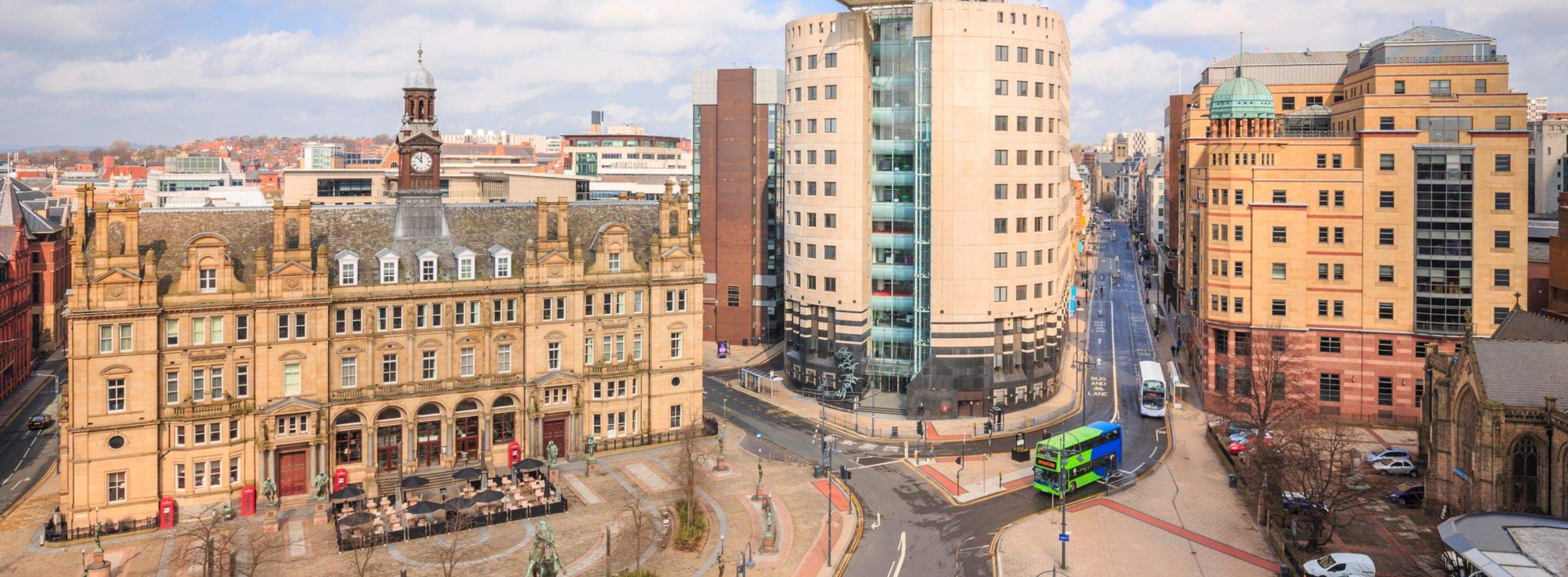Overseas investors are expected to be the most active investor group in 2022
Investment volumes reached £8.4 billion at the end of 2021, which represented a 56% increase on 2020 and 17% above the ten-year average. This can be partly attributed to strong investor demand for assets in Cambridge and Oxford who are seeking to gain exposure to the expanding science and innovation sectors based in those cities. There was £1.01 billion and £805 million invested into Cambridge and Oxford, respectively, in 2021, which was the highest investment volumes ever recorded for both markets.
The demand in the market has been primarily focussed on prime opportunities with the prime regional office yield hardening by 25 basis points in September 2021 to return to its pre-pandemic level of 4.75%. Assets that can immediately satisfy ESG criteria and provide medium to long term income have experienced high levels of investor demand.
Overseas investors were the most active investor in 2021, accounting for 42% of investment. Non-domestic investors deployed £3.6 billion of capital into the market in 2021, which was the second highest quantum in the last ten years underlining their strong appetite. It is expected that overseas investors will remain active in the market in 2022 with regional offices providing an attractive yield spread to London offices and European cities.
Regional offices provide opportunities for yield compression in 2022
The prime regional office yield moved 25 basis points lower in September 2021 to stand at 4.75% and return to its pre-pandemic level. The sector has not, however, experienced significant yield compression when compared to other asset classes and currently stands at 100 basis points higher to prime City offices and 150 basis point discount to prime industrial and West End offices. Savills secondary regional office yield is currently 7.33% which is a discount of over 300 basis points when compared to prime yields of the asset classes detailed in the chart below. The occupational market fundamentals outlined in this section provides scope for yield compression.
Investor demand is focused in markets that have an expanding occupier base notably in the scientific, innovation and technology sectors. This has been evident in the demand for assets in Oxford and Cambridge, which has resulted in prime yields for both markets standing at 4.00%. Savills estimate there is £12 billion of capital seeking to acquire assets across the Golden Triangle (London-Oxford-Cambridge) to develop or repurpose and accommodate the expansion of the scientific and innovation sectors with an estimated two million sq ft and one million sq ft of requirements from these sectors in Cambridge and Oxford, respectively.
The expansion of these sectors is not however solely confined to Oxford and Cambridge. Oxford Economics forecast employment growth in the professional, scientific and technology sectors in all the Big Six regional office markets. Notably in Bristol, Edinburgh and Manchester where 12%, 10% and 11% employment growth in these sectors, respectively, is expected in the next five years. This equates to an additional 16,140 jobs for these sectors across the three cities. Furthermore, Bristol and Manchester were ranked third and fourth in the UK for venture capital investment into technology companies in 2020 only behind London and Oxford.
Demand from the technology sector for office space has proved resilient across the regional office market in 2021 with take-up totalling 872,000 sq ft across the Big Six regional city markets combined. This was the third highest annual total in the last ten years, highlighting the healthy activity from the sector. Notable deals included Roku leasing 115,000 sq ft at Bruntwood’s No.1 Circle Square, Manchester and FanDuel acquiring 58,870 sq ft at 2 Freer Street Edinburgh. Both of these buildings offer new best in class Grade A office space.
Buildings that offer sustainable office space, which can satisfy ESG requirements and provide shared amenities and outdoor space have experienced high levels of occupier demand. This was evident in 2021 with 59% of take-up recorded for deals over 5,000 sq ft in the Big Six regional cities being located in office buildings that have an energy performance certificate rating of A or B.
There is limited provision of best-in-class space with all the Big Six regional cities having below two years of Grade A supply based upon the five-year average Grade A take-up. The development pipeline is also limited with 1.8 million sq ft of available space under construction across all the Big Six regional cities, which equates to six months of take-up in an average year.
The demand for best-in-class office space resulted in continued rental growth in 2021 across the Big Six regional cities. This was notable in Birmingham and Leeds experiencing 5% and 6% annual prime headline rental growth in 2021, respectively. This trend has also been evident in the Greater London & South East office market with new record high headline rents being achieved in 13 submarkets during 2021. Further rental growth is expected in 2022 with prime headline rents forecast to exceed 40 per sq ft in Bristol, Birmingham and Manchester.
